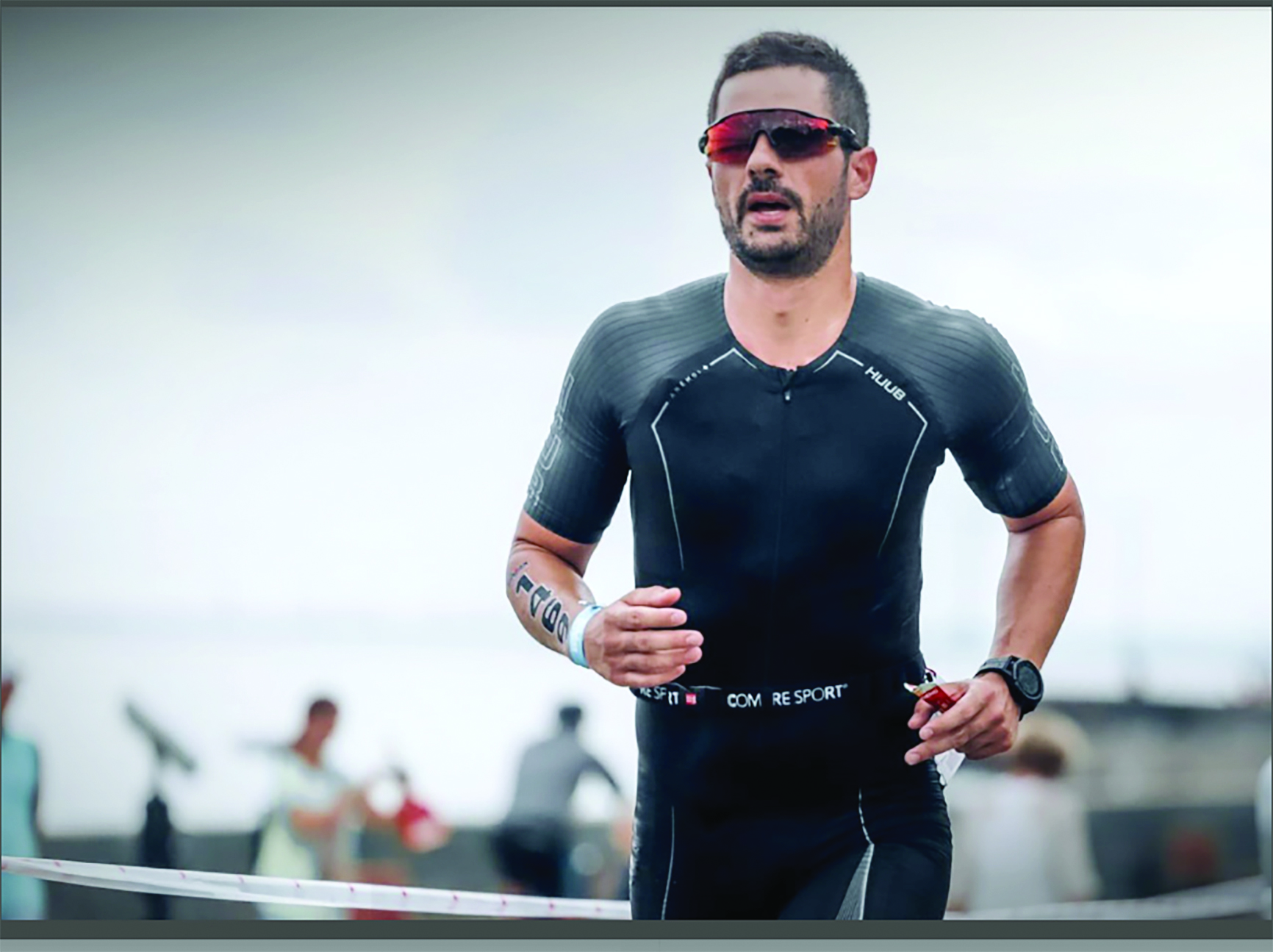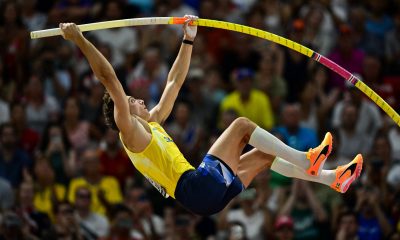
In the last weeks before a race, injury is probably a runner’s biggest fear.
The hard work has been done – months of preparation have been invested, and now it is time to slow down on the training and wait for the big day.
Injury affects almost every runner at some point, so physiotherapist and triathlete Chris Fenech shares some important insights and last-minute advice.
What are the most common injuries in running and how can I prevent them happening?
Some of the most common running-related injuries include ankle sprains, muscle injuries (such as hamstring sprains) and repetitive strain injuries (such as ITB pain and achilles tendinopathy).
In order to minimise risk of developing certain injuries, there are a few aspects one should consider when training for any long-distance running event such as a half marathon.
Firstly, it is always advisable one eases into training slowly, and progresses loads (both volume and intensity) gradually.
Going from minimally-active to highly-active in a short time span is one of the major contributors to injury, so planning your training well in advance is critical to allow for good cardiovascular and muscular adaptations.
Another very important, yet often disregarded, critical factor is incorporating rest days into your training schedule.
Recovery days allow better neural and muscular repair, help resolve certain minor aches, and allow for good replenishment of the body’s energy stores, and, will therefore contribute to an overall healthier approach to building up for your big event.
What is the most essential “must do” when it comes to running?
The essentials will vary in most individuals depending on their specific needs, so it is good to consult with the relevant health professionals (physiotherapists, doctors etc) about your specific needs, however, in general, one essential “must-do”, is building and maintaining a good level of strength, as this has a significant role in reducing the risk of developing certain running-related injuries.
Strength training for running does not necessarily require expensive equipment or gym subscriptions.
Simple body weight exercises such as lunges, gluteal bridging, calf raises, or exercises with resistance bands such as resisted sideways walking can be very helpful to improve tolerance to the loads that running demands.
Maintaining good general mobility around the ankles, knees, hips, and back is also helpful.
Some simple static or dynamic stretches such as gentle kicking movements, “high knee” drills, “knee bend” drills amongst many other mobility exercises are very easy to incorporate into warm up routines, or even as stand-alone exercises on recovery days.
How do I know when an ache or pain is important enough to take to a physio?
Occasionally, runners may develop some niggles that pass with a couple of days of rest.
However, these niggles often come about seemingly out of the blues, and, tend to fade away with some recovery time.
It is always important to have persistent complaints addressed, even if the pain is not severe as this may avoid the development of a chronic injury.
Significant sprains (such as twisting an ankle) warrant attention from your physiotherapist who would be able to guide you to a quicker, and more importantly, a more optimal recovery.
The 2023 La Valette Marathon is taking place on Sunday, February 5.
For more details on the race and registration interested runners can log onto https://corsa.mt.
Closing date for applications is February 1.

World Cup News
-
FIFA World Cup
/ 3 days agoSaudi oil giant Aramco agrees major FIFA sponsorship deal
Saudi Arabia’s state oil giant Aramco and world football governing body FIFA on Thursday...
By AFP -
FIFA World Cup
/ 1 month agoSon scores but Thailand hold South Korea in World Cup qualifier
Son Heung-min scored but South Korea were held 1-1 at home by Thailand in...
By AFP -
FIFA World Cup
/ 2 months agoJapan-N. Korea World Cup game to stay in Pyongyang, JFA says
Japan’s World Cup qualifier against North Korea will be played in Pyongyang as planned...
By AFP -
FIFA World Cup
/ 2 months agoGerman ex-FA bosses on trial over World Cup tax evasion
Three German ex-top football officials went on trial on Monday in a 13.7-million-euro ($14.8...
By AFP

BOV Premier League
Final relegation spot to be decided on Friday with four-match programme

English Premier League
Ake confident Man. City can overhaul Arsenal in title race

English Premier League
Man. United’s Antony fuelled by critics amid difficult season

English Premier League
Watch: Tearful Thiago Silva to leave Chelsea at end of season

Winter Olympics
Watch: Geisenberger wins sixth Olympic medal to tie luge record


































